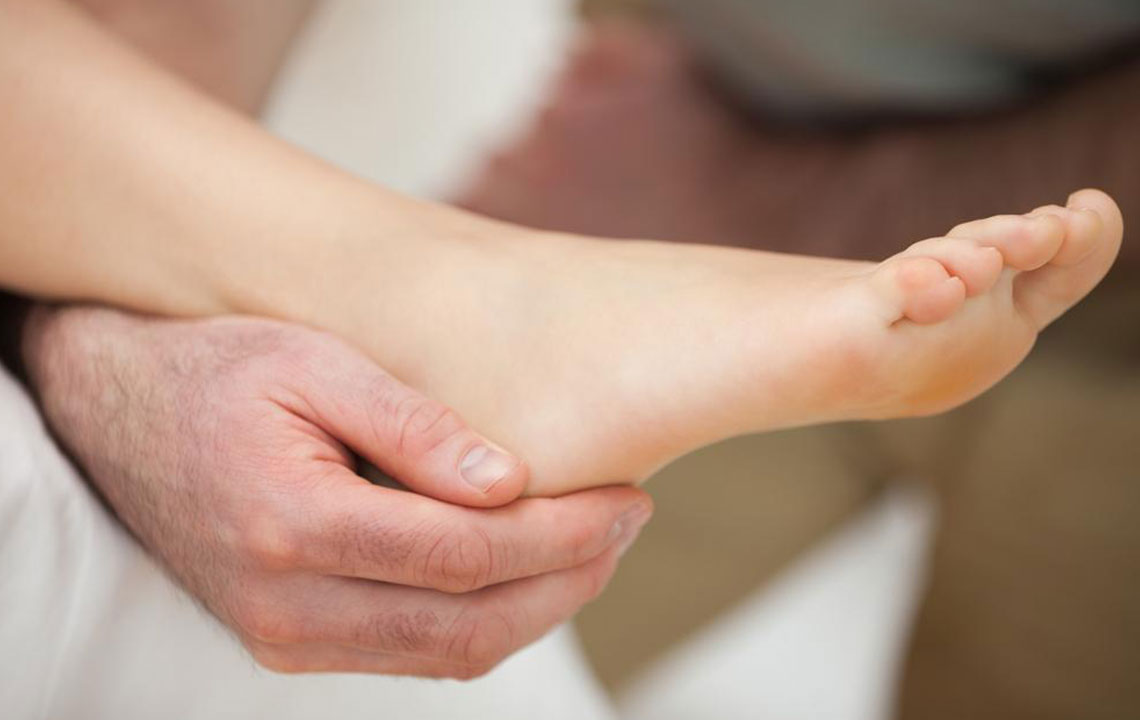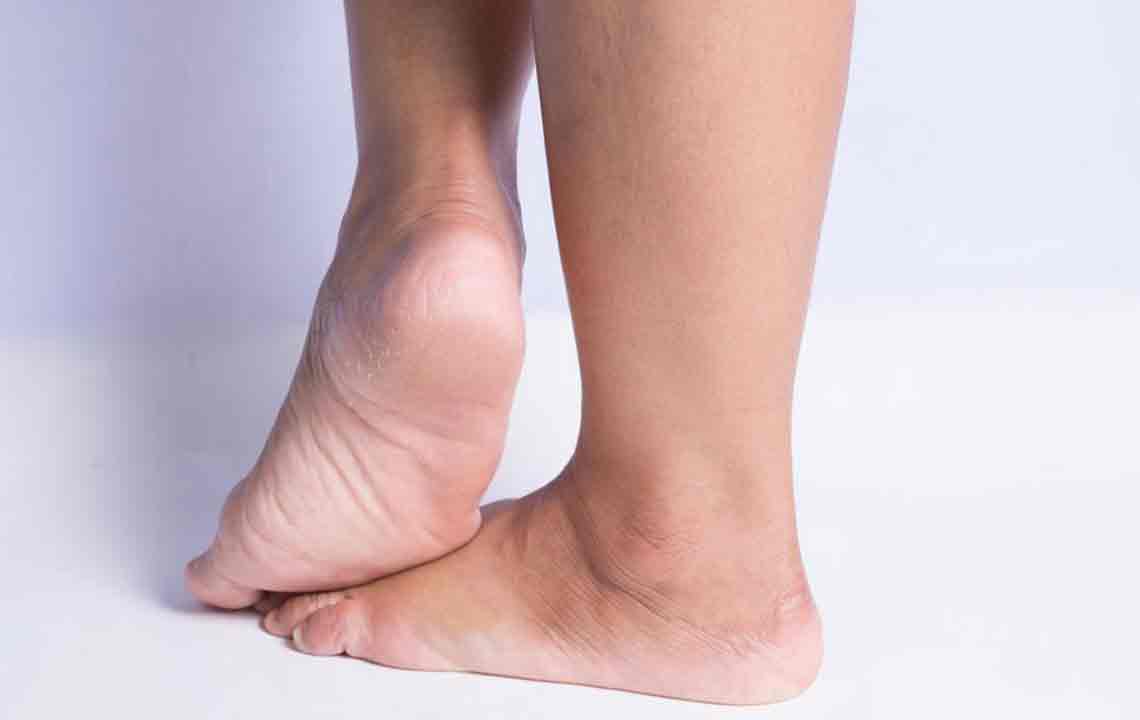6 Ways to Find Relief from Heel Spur
Heel spurs can be a huge pain and can make walking extremely difficult. While some people have heel spurs and never know about it, others are not so fortunate. Heel spurs are bony growths that affect the bottom of the heel. These growths are directed toward the arch of the foot and make for a tricky proposition to deal with. While wearing customized shoes is an option, getting a proper heel spur treatment is a necessity.

Cold compress
Cold compress therapy could go a long way in helping you relieve your inflamed heel tissue. Apply an ice pack to your heel by tying a cloth around it to your foot. You can also apply a cold compression pack to keep the ice pack intact and in one place. You can easily find them at chemist stores as cold foot wraps or gel packs. Make sure that you keep them in the freezer at all times. Apply the wrap for ten minutes at a time, unwrap and place the foot wrap back in the freezer. Repeat this procedure on an hourly basis for best effect.
Comfortable footwear
The goal is to buy a pair of shoes that are comfortable and reduce the amount of pressure exerted on the heel spur. This is necessary as additional pressure can cause discomfort and pain. Look for a shoe with a firm heel support. This will prevent your foot from rolling outward or inward and causing further pain. Look for a shoe which is moderately flexible. Buying a pair of shoes which are collapsible when flexed is a strict no-no. You could also try to ensure that your shoe has a heel which is slightly elevated and no more than 1 inch high. This can help to reduce the pressure on your heel. You can also opt for custom made shoes if you cannot find a shoe which suits you and your needs to perfection.
Medications
There are several medications available over the counter which can reduce pain and prevent further inflammation. These may be needed for heel spur treatment. Do not take these medications if you have kidney problems or a history of ulcers and bleeding stomach. These medications could go a long way in reducing pain and preventing further damage to the heel and foot.
Cryoultrasound
Cryoultrasound is a fantastic option for people suffering from plantar fasciitis as well as heel spurs. Physical therapists and podiatrists can provide you with this therapy procedure. It essentially involves the combination of the applications of cold therapy and electromagnetic energy. The machine has the appearance of a large wand and is moved over the ankle and foot to provide the desired effects. It is one of the best heel spur treatment methods available today!
Corticosteroid injections
These injections are used to reduce pain. They do not cure your heel spur but are good if you are looking for a partial pain-free option. Doctors apply a numbing medicine to the area where the injection will be given to avoid any discomfort. Limit the number of injections you take as it can increase the likelihood of tendon rupture and further aggravate conditions.
Surgery
If nothing is working for you, your doctor can also recommend undergoing surgery. Performing a surgery for heel spur treatment may lead to nerve damage. It is also possible that the heel spur may come back after the surgery is completed. It will take several weeks for you to heal once the surgery is completed and you may not be able to walk properly. The most common surgical procedure is to detach the fascia ligament from the heel bone and to remove the heel spur with the help of special tools.
This disease occurs due to the build-up of calcium deposits on the underside of the heel bone. This process usually takes several months and can go undetected until the pain kicks in. It is also caused by strains on the ligaments in the foot or foot muscles. You need to be careful and ensure that you do not further aggravate the situation at hand. This disease is most common among athletes whose activities largely include running a lot or jumping. Avoid moving around too much when contracted with the disease, follow the relief procedures mentioned on this list, seek the heel spur treatment you need and you should be good to go!




